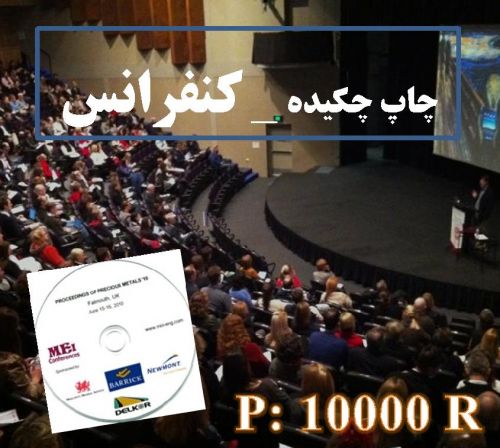The ovaries in the mammals are amphicrine glands and have exocrine as well as endocrine secretions. Aflatoxins are hydrocyclic (difuranocoumarin) compounds which are highly oxygenated. Four main types of aflatoxin are AFB1, AFB2, AFG1 and AFG2. The AFB1 is highly available and also its toxicity is also very high. Contamination of food stuffs to AFB1 is a global problem. For this investigation, 28 female healthy adult Wistar rats were selected. The animals were divided into four groups (n = 7 per group): control, test group 1, test group 2 and test group 3. Each rat in test groups 1, 2 and 3, received 0.8 ppm, 1.6 ppm and 3.2 ppm aflatoxin B1 (AFB1), respectively, via gavage for a period of 25 days. The control group received distilled water only. All tissue specimens were processed for routine paraffin embedding and serial cross-sections cut at 5–7 μm and stained with haematoxylin–eosin. Both histomorphologic and histomorphometric analysis was performed under light microscopy. An increase in the concentration of AFB1 resulted in a reduction in the population of healthy primordial, primary, secondary and tertiary follicles. The greatest reduction was in seen in group 3 (with 3.2 ppm AFB1/day). In all test groups, due to an increase in AFB1 concentration, in both the right and left ovaries, all types of atretic follicles, including primordial, primary, secondary, and tertiary atretic follicles were significantly increased (P < 0.01). In conclusion, AFB1 is toxic for all type of ovarian follicles, including non-growing and growing follicles and exerts an atretogenic effect on all types of ovarian follicles. The atretogenic effect of AFB1 is dose dependant. Due to its toxic effects (gametotoxicity), the resting pool of ovarian follicles (primordial follicles) decreases significantly. The ovulatory follicular population either decreases or is completely depleted Our histomorphometric study revealed that, the population of healthy primordial follicules in control and test groups 1, 2, 3 has significant (p< 0.01) differences. By the increase in concentration of AFB1 (from 0.8 ppm to 1.6 ppm then to 3.2 ppm) reduction in population of healthy primordial follicules were seen accordingly. The greatest reduction was in group 3(with 3.2 ppm AFB1/ day). This condition was seen in both the right and left ovaries. This was true in the case of primery, secondary and tertiary follicles in both right and left ovaries in all groups. In all the test group in comparison to the control group by the rhythm of increase in afllatoxin B1 concentration, in both the right and left ovaries, all types of atretic follicules, including primordial, primary, secondary, tertiary atretic follicules were increased significantly (P<0.01).
کلید واژگان :Rat, Follicular atresia, Aflatoxin B1, follicular growth
ارزش ریالی : 100000 ریال
با پرداخت الکترونیک
جزئیات مقاله
- کد شناسه : 7146394530166652
- سال انتشار : 1394
- نوع مقاله : چکیده مقاله پذیرفته شده در کنفرانس ها(فایل کامل مقاله بارگزاری گردد)
- زبان : انگلیسی
- محل پذیرش : سیزدهمین کنگره بین المللی توکسیکولوژی
- برگزار کنندگان : دانشگاه ارومیه
- تاریخ ثبت : 1395/03/02 23:58:21
- ثبت کننده : دکتر ندا اصل ایرانی فام
- تعداد بازدید : 212
- تعداد فروش : 0
